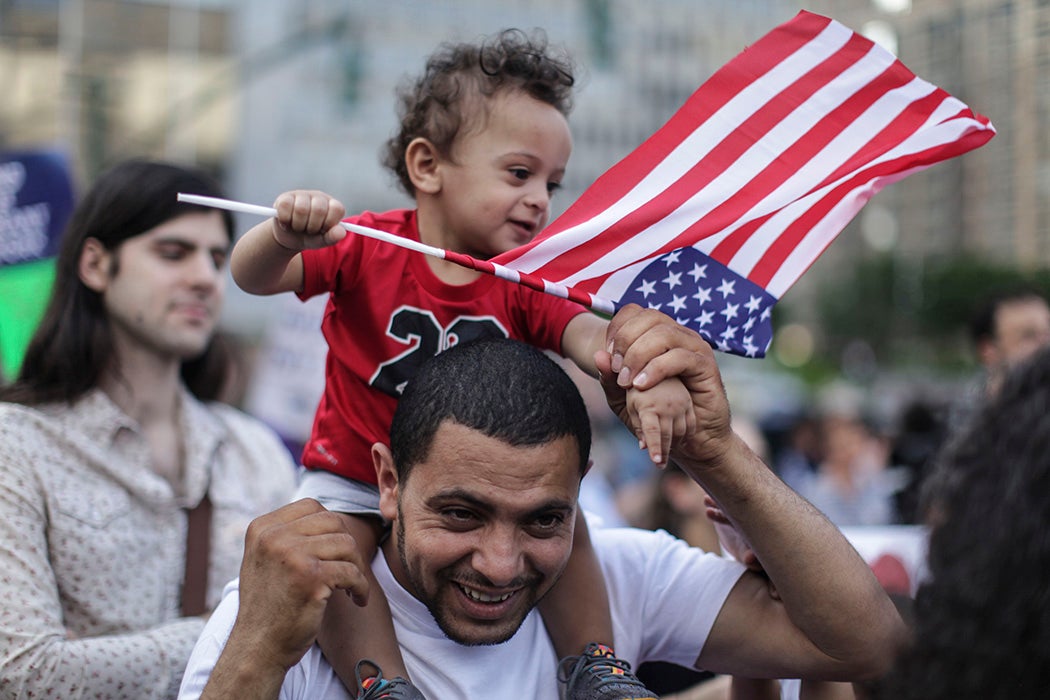Whether a person is “white” has always been an important question in the United States, socially and legally. Some groups, like Irish and Italian immigrants, became more clearly identified as white over the course of the twentieth century. But, as sociologist Louise Cainkar writes, for Arab Americans in the same period, things went in the opposite direction.
Cainkar writes that Arab immigration to the US in the 1900s was largely made up of Lebanese, Syrian, and Palestinian people from rural backgrounds with little education. These newcomers experienced much the same conditions as “white ethnic” European immigrants. They faced discrimination and were barred from many opportunities that Anglo-Americans enjoyed, but they were able to be naturalized, receive homestead lands, get elected to public office, socialize and intermarry with native-born whites.
By the end of the twentieth century, however, things were radically different. The characteristics of new Arab immigrants had changed somewhat—they were now more highly educated, more often Muslim rather than Christian, and they came from a different mix of countries. But Cainkar writes that this wasn’t the source of the shift. Rather, she argues, what was new was the emergence of the US as a global superpower.
During the 1967 Israel-Arab War, US media portrayed Palestinians as “inherently savage.” And over the decades that followed, periods of US involvement in the Middle East came with representations of Arabs as violent terrorists, greedy oil sheiks, antisemites, and people incapable of democratic governance.
“Whereas the Soviet, Cuban, and Sandinista enemies were governments and political ideologies, the Arab enemy was Arabs—men and women imbued with innate cultural dispositions to violence and hatred,” Cainkar explains.
She adds that these stereotypes bled over to Arab Americans, stigmatizing them as “people who stand in opposition to Americanness because of their inherent values and dispositions.” In support of this position, she cites the research of Shelley Slade, who concluded from an analysis of a 1980 phone poll that Arabs were “one of the few ethnic groups that can still be slandered with impunity in America.”
Weekly Newsletter
In the 1990s, shifts in global politics meant that Islamist movements largely replaced Arab nationalism in challenging US power. At this point, and especially after the 9/11 attacks, bigotry was often directed rhetorically at “Muslims.” But, in practice, the targets of both individual prejudice and government programs like mass arrests and secret detention in the early 2000s could include anyone deemed to fit a “Middle Eastern” profile, including Arabs of all religious backgrounds.
The changes left Arab Americans in an ambiguous position. They remain “white” for purposes like the US Census. But a poll of Arab Muslims in the Chicago area between 2002 and 2004 found that 63 percent believed Arabs are not white, while just 20 percent said they were. The most frequent explanation the respondents gave was American society’s treatment of Arabs.
“In other words,” Cainkar writes, “They saw their racial place as non-white because they do not benefit from the statuses, assumptions, and behaviors that accord to whiteness.”







